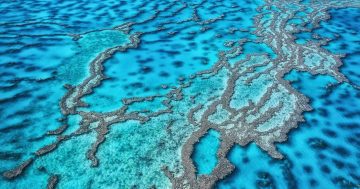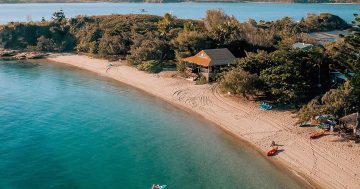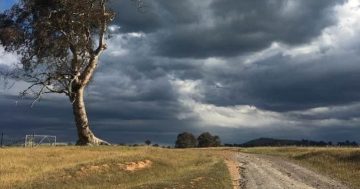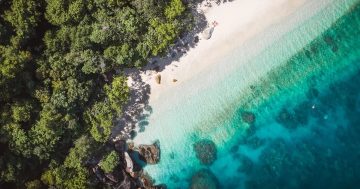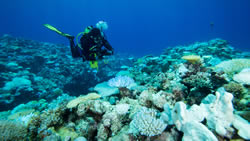
Photo: Nick Thake
An investigation into Western Australia’s coral reefs led by the Australian Institute of Marine Science (AIMS) has found them to be at their lowest levels on record.
According to the Institute, the State’s coral reefs, comparable in extent and diversity to the Great Barrier Reef, have been seriously affected by heat stress and cyclones.
Marine Scientist at AIMS, James Gilmour said this was the first study of its kind to establish a long-term history of changes in coral cover across eight reef systems and the extent of coral bleaching at 401 survey sites.
“Despite their extent and diversity, there are few published accounts of the condition of Western Australia’s reefs,” Dr Gilmore said.
“Coral reefs make a significant contribution to the nation’s economy and identity through associated fisheries, tourism and recreation, so we are formally assessing their condition following the third global coral bleaching event in 2016 and establishing a baseline for future change,” he said.
Marine Scientist at the Western Australian Department of Biodiversity Conservation and Attractions, and co-author in the research, Shaun Wilson said a heat wave in 2016 had its greatest impact in the north-west but had relatively little effect on those reefs south of the Pilbara, such as Ningaloo.
“However, these reefs were affected by heat stress in La Niña years, particularly the 2011 heat wave, so over the past 10 years, few reefs have escaped bleaching,” Dr Wilson said.
Dr Gilmour said that for 75 per cent of reef systems with long-term data of between five and 26 years, the coral cover was currently at, or near, its lowest on record.
“Full recovery is unlikely if heat stress and cyclone disturbances continued to intensify,” Dr Gilmour said.
“However, at some reefs, coral cover has remained relatively stable or has increased in recent years.”
“We have started identifying coral communities least susceptible to disturbances, which show some capacity to adapt to future warming, and investigating how their coral larvae connect between reefs following coral spawning.”
The WA Coral Reefs report can be accessed at this PS News link.



